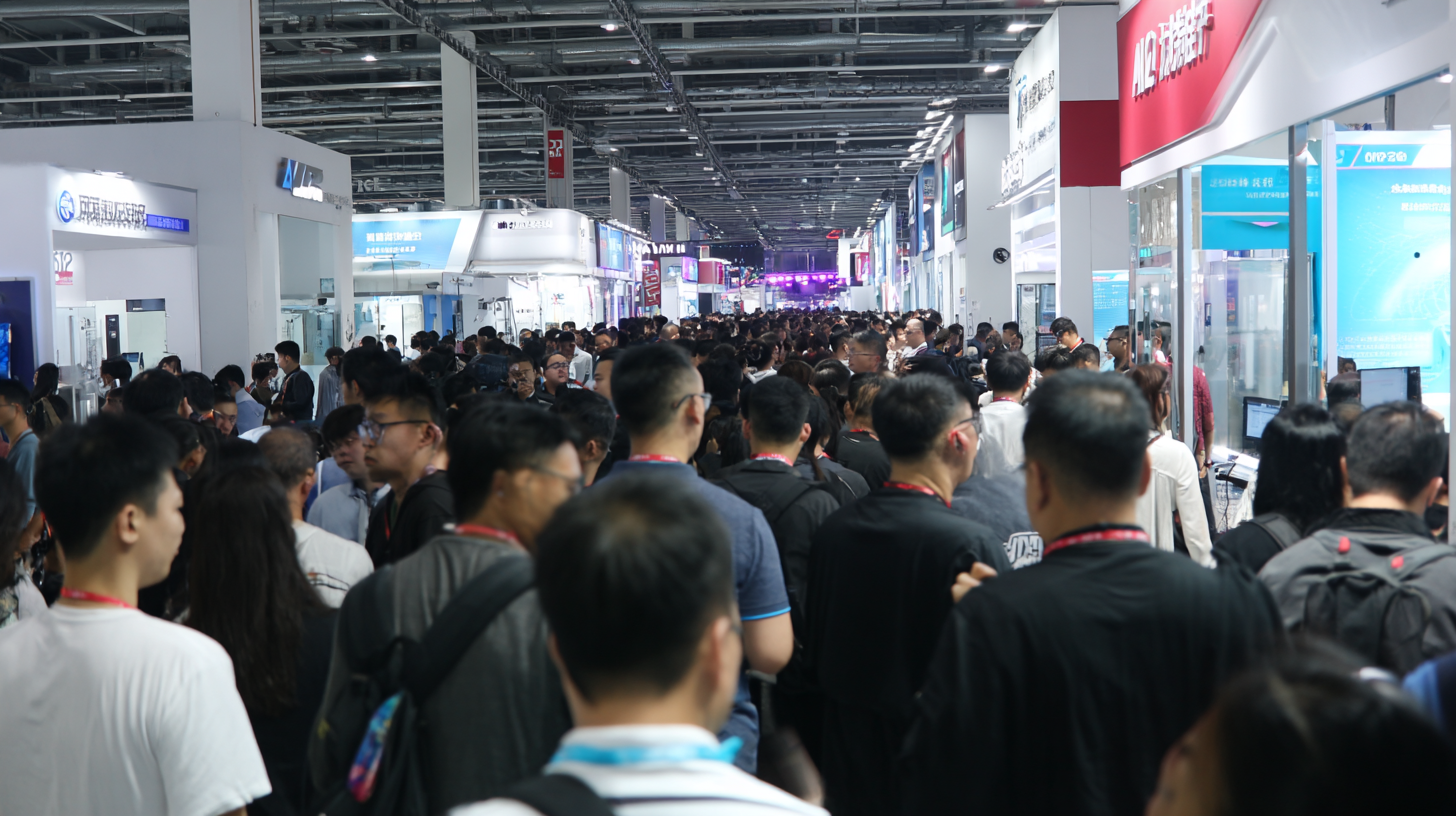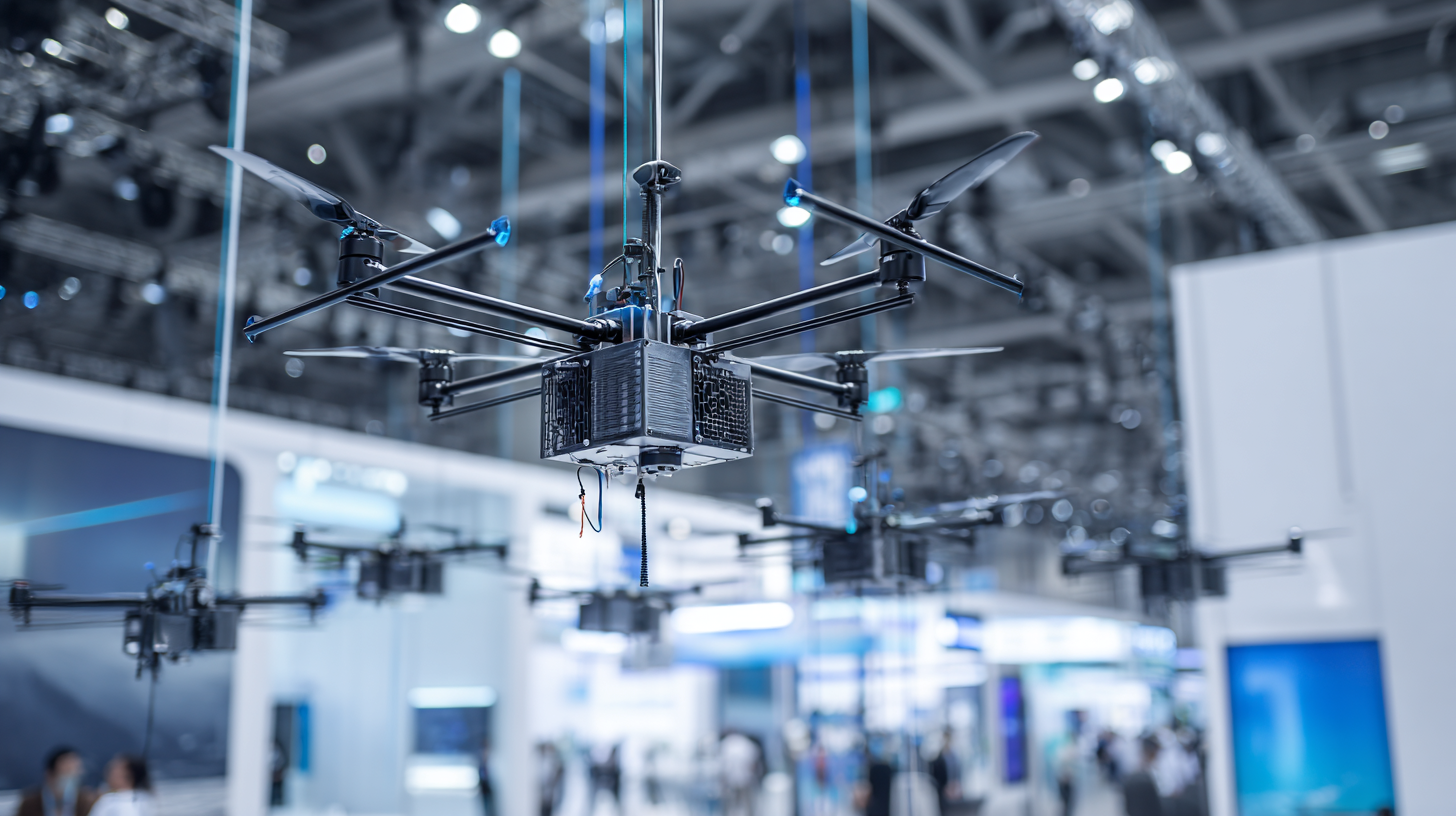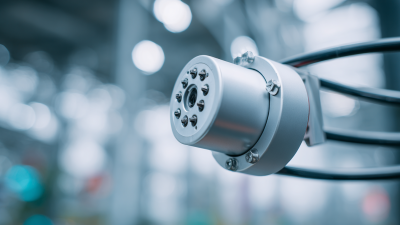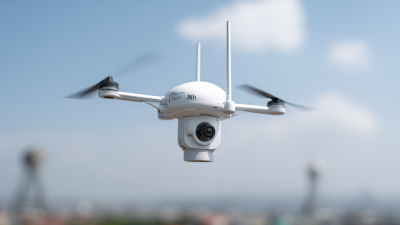
-
Home
-
Product Center
-
Application
-
Support
-
JT Cloud
-
About Us
-
Contact Us
Leave Your Message

 As we look ahead to the 138th Canton Fair in 2025, the spotlight will undoubtedly shine on the innovative advancements in Air Velocity Transmitters, a crucial component in modern industrial applications. Recent industry reports indicate that the global market for air velocity sensors is projected to grow at a compound annual growth rate (CAGR) of 5.5% through 2027, driven by increasing demands for energy efficiency and environmental monitoring (Market Research Future, 2023). The integration of smart technology and IoT capabilities within these transmitters is reshaping performance standards, offering enhanced accuracy and real-time data analytics. Attendees at the Canton Fair will have the opportunity to explore cutting-edge designs and trends that not only optimize air quality management but also contribute to sustainability initiatives. This convergence of technology and environmental consciousness at the fair underscores the pivotal role of Air Velocity Transmitters in shaping the future of industrial practices and ensuring compliance with stringent regulatory frameworks.
As we look ahead to the 138th Canton Fair in 2025, the spotlight will undoubtedly shine on the innovative advancements in Air Velocity Transmitters, a crucial component in modern industrial applications. Recent industry reports indicate that the global market for air velocity sensors is projected to grow at a compound annual growth rate (CAGR) of 5.5% through 2027, driven by increasing demands for energy efficiency and environmental monitoring (Market Research Future, 2023). The integration of smart technology and IoT capabilities within these transmitters is reshaping performance standards, offering enhanced accuracy and real-time data analytics. Attendees at the Canton Fair will have the opportunity to explore cutting-edge designs and trends that not only optimize air quality management but also contribute to sustainability initiatives. This convergence of technology and environmental consciousness at the fair underscores the pivotal role of Air Velocity Transmitters in shaping the future of industrial practices and ensuring compliance with stringent regulatory frameworks.
The upcoming 138th Canton Fair in 2025 promises to highlight significant trends and innovations in air velocity transmitter design, particularly driven by technological advancements. According to a recent report by MarketsandMarkets, the air velocity transmitter market is expected to grow from $1.2 billion in 2023 to $1.8 billion by 2028, reflecting a compound annual growth rate (CAGR) of 8.6%. This surge is largely attributed to the increasing demand for automation in industrial applications, which necessitates precise airflow measurements for optimal operational efficiency.
Recent innovations in sensor technology, such as MEMS (Micro-Electro-Mechanical Systems), are transforming the design landscape of air velocity transmitters. These advancements enhance accuracy, reduce size, and improve response times. As manufacturers incorporate smart technologies and IoT capabilities, air velocity transmitters are becoming integral to smart building management systems, allowing for real-time data analysis and improved energy savings.
**Tips:** When selecting an air velocity transmitter, consider the specific application environment and choose a device with appropriate temperature and pressure ratings. Additionally, pay attention to the calibration frequency; regular calibration ensures ongoing accuracy and reliability in measurements, crucial for maintaining optimal performance in industrial settings.
As we approach the 138th Canton Fair in 2025, the evolution of air velocity transmitters is significantly shaped by emerging market trends that emphasize precision and efficiency. Recent industry reports indicate that the global air velocity measurement market is projected to grow at a CAGR of 7.1% between 2023 and 2028, driven by advancements in sensor technology and increasing demand in HVAC applications. These innovations are not only enhancing measurement accuracy but also improving response times, which is crucial for effective system management in various industrial sectors.
Moreover, the rising focus on sustainability and energy-efficient solutions is further influencing air velocity measurement technologies. According to a report by Markets and Markets, the integration of IoT capabilities in air velocity transmitters will be pivotal, with connected devices expected to dominate over 50% of the market share by 2026. This trend facilitates real-time data collection and analysis, allowing businesses to optimize their operations and reduce energy consumption.
**Tips:** When selecting an air velocity transmitter, consider models that offer wireless connectivity and cloud integration for seamless data management. Also, prioritize devices that provide customizable measurement ranges to ensure versatility across different applications. Staying updated on these trends will empower businesses to make informed decisions in enhancing their operational efficiencies.
This bar chart illustrates the projected growth in implementation of various air velocity measurement technologies by 2025, highlighting trends and innovation within the industry.
The integration of IoT and smart technologies into air velocity transmitters represents a significant leap forward in environmental monitoring and automation. By embedding sensors with connectivity capabilities, these devices can now provide real-time data that enhances accuracy and responsiveness. For industries reliant on precise airflow measurements, such as HVAC systems and cleanrooms, IoT-enabled air velocity transmitters facilitate streamlined operations by allowing for remote monitoring and predictive maintenance. This advancement not only minimizes downtime but also optimizes energy consumption.

Moreover, the use of smart technologies allows for advanced analytics and machine learning algorithms to be applied to the data collected by air velocity transmitters. These innovations enable users to gain deeper insights into airflow patterns and system performance, leading to improved decision-making processes. The 138th Canton Fair in 2025 is set to showcase these transformative trends, illustrating how integrating IoT functionalities can enhance robustness and reliability in air velocity measurement, ultimately paving the way for smarter, more efficient industrial environments.
At the upcoming 138th Canton Fair in 2025, the focus on sustainability practices in air velocity measurement equipment is set to take center stage. As industries become increasingly aware of their environmental impact, the demand for energy-efficient and eco-friendly air velocity transmitters is on the rise. Innovations in materials and technologies are enabling manufacturers to create devices that not only optimize performance but also minimize their carbon footprint. This is particularly crucial as industries seek to comply with stringent environmental regulations and adopt greener operational practices.
**Tips:** When considering air velocity transmitters, look for models that feature low power consumption and utilize recyclable materials. Additionally, assessing the manufacturer's commitment to sustainable practices can provide insights into the product's overall environmental impact.
Emerging trends reveal a shift towards integrating smart technologies in air velocity measurement systems. These intelligent devices can provide real-time data, allowing for better monitoring and optimization of airflow in various applications. By harnessing IoT capabilities, these transmitters can contribute to energy savings in HVAC systems and industrial processes, aligning both performance and sustainability objectives.
**Tips:** Explore options that offer connectivity features, which can help in remote monitoring and management, ensuring optimal air flow management while enhancing energy efficiency.
| Dimension | Value |
|---|---|
| Average Measurement Accuracy | ±0.5% of Reading |
| Typical Measurement Range | 0 to 20 m/s |
| Power Supply Options | 12-24 V DC |
| Communication Protocols | Modbus, Analog Output |
| Materials Used | Recyclable Aluminum, IP65 Rated |
| Sustainability Practices | Energy-efficient components, Eco-friendly packaging |
| Market Trends | Increased automation and integration with IoT |
The 138th Canton Fair presents both challenges and opportunities for air velocity transmitter manufacturers as they navigate a rapidly evolving market landscape. With the global market for industrial automation equipment projected to reach $200 billion by 2026, manufacturers must adapt to the rising demand for innovative and efficient solutions. The emphasis on smart technologies, as highlighted by the rise of integrated smart store models at the fair, underscores the need for air velocity transmitters that can seamlessly integrate with IoT systems and offer real-time data analytics capabilities.
Moreover, as global trade dynamics shift, particularly with rising tensions in international trade, manufacturers are confronted with the challenge of supply chain disruptions. Research indicates that manufacturing firms that leverage advanced data analytics in their operations can reduce supply chain delays by up to 30%. At the Canton Fair, this highlights the importance of collaboration among participants to address these issues and find synergies in product offerings. The convergence of businesses in sectors like robotics reinforces the need for air velocity transmitters that not only meet current industry standards but also anticipate future needs, ensuring their relevance in an increasingly competitive marketplace.






